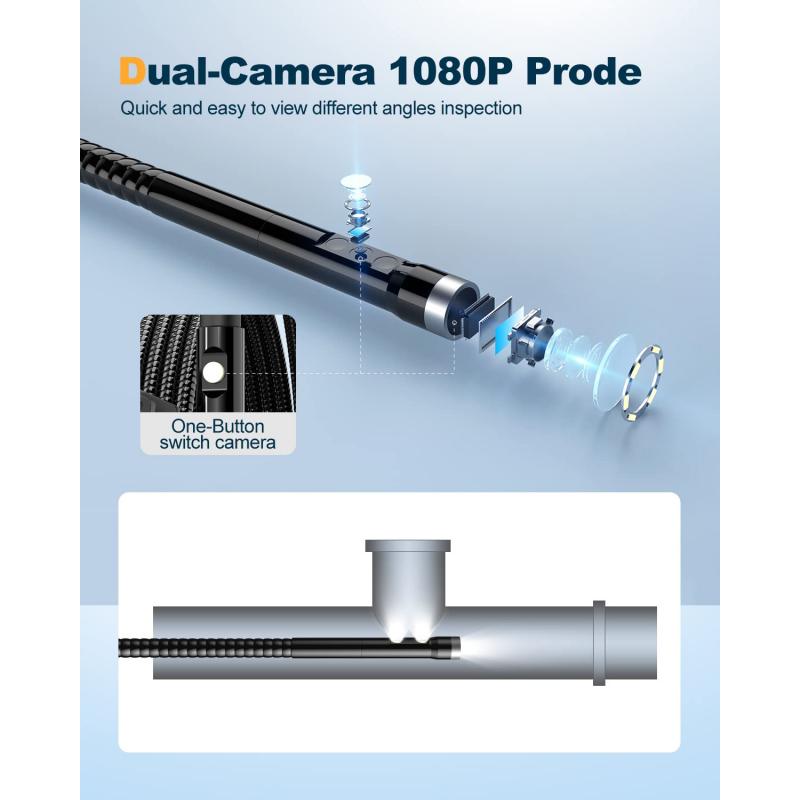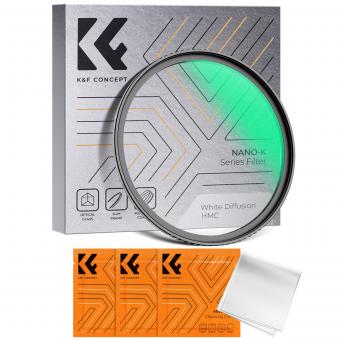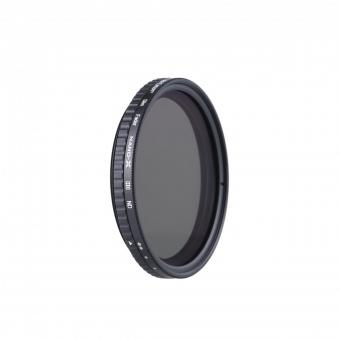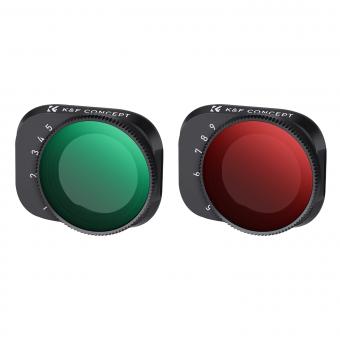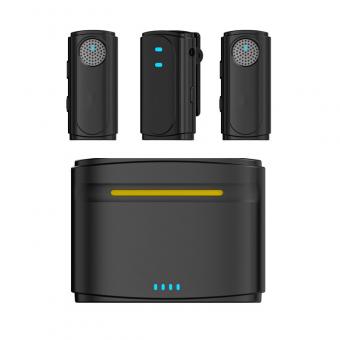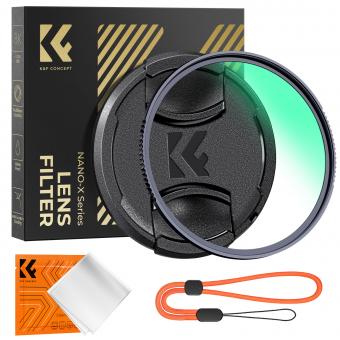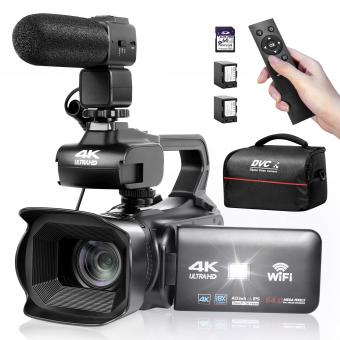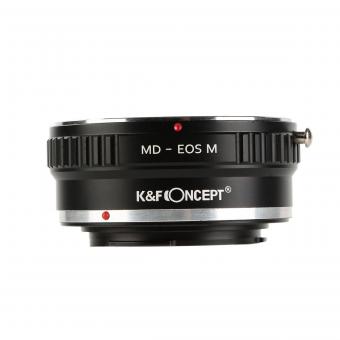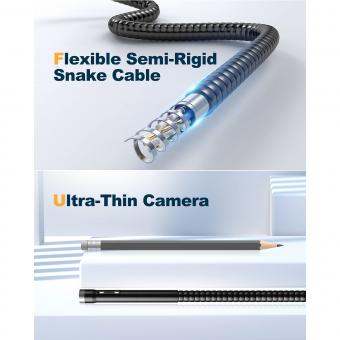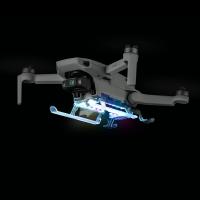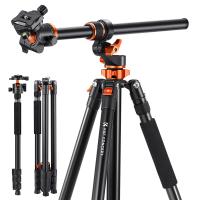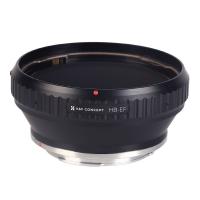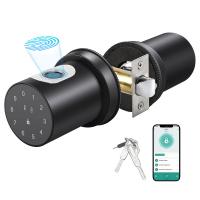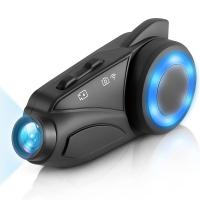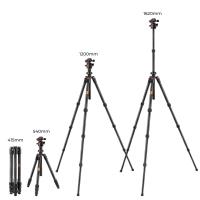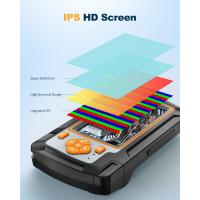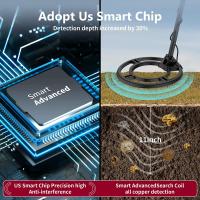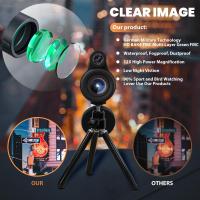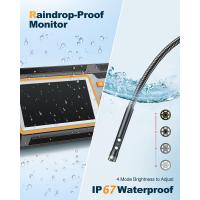What Is Percutaneous Endoscopic Approach ?
A percutaneous endoscopic approach is a minimally invasive surgical technique that involves the use of an endoscope to access and treat internal structures through small incisions in the skin. This approach allows for visualization and manipulation of the targeted area without the need for large incisions or open surgery. It is commonly used in various medical specialties, including orthopedics, gastroenterology, and urology, among others. The procedure is performed under local or general anesthesia, depending on the specific case, and typically results in less pain, shorter recovery time, and reduced risk of complications compared to traditional open surgery.
1、 Definition and Overview of Percutaneous Endoscopic Approach in Medicine
The percutaneous endoscopic approach is a minimally invasive surgical technique that involves the use of an endoscope to access and treat various medical conditions. It is commonly used in the fields of orthopedics, neurosurgery, and gastroenterology.
In orthopedics, the percutaneous endoscopic approach is used to treat conditions such as herniated discs, spinal stenosis, and degenerative disc disease. The procedure involves making a small incision and inserting a thin tube called an endoscope into the affected area. The endoscope is equipped with a camera that allows the surgeon to visualize the area and perform the necessary surgical interventions. This approach offers several advantages over traditional open surgery, including smaller incisions, reduced blood loss, and faster recovery times.
In neurosurgery, the percutaneous endoscopic approach is used to treat conditions such as brain tumors, hydrocephalus, and pituitary gland disorders. The endoscope is inserted through a small hole in the skull, allowing the surgeon to access and remove or treat the affected area. This approach minimizes the risk of damage to surrounding brain tissue and reduces the need for extensive skull incisions.
In gastroenterology, the percutaneous endoscopic approach is used to diagnose and treat conditions such as gastrointestinal bleeding, strictures, and tumors. The endoscope is inserted through a small incision in the abdomen or chest, allowing the surgeon to visualize and treat the affected area. This approach offers a less invasive alternative to traditional open surgery and can often be performed on an outpatient basis.
The percutaneous endoscopic approach continues to evolve with advancements in technology and surgical techniques. For example, the use of robotic-assisted endoscopic systems is gaining popularity, allowing for more precise and controlled movements during surgery. Additionally, the development of miniaturized instruments and imaging devices has further improved the safety and effectiveness of this approach.
Overall, the percutaneous endoscopic approach is a valuable tool in modern medicine, offering patients a less invasive and more efficient alternative to traditional open surgery. Its continued development and refinement hold promise for further advancements in various medical specialties.
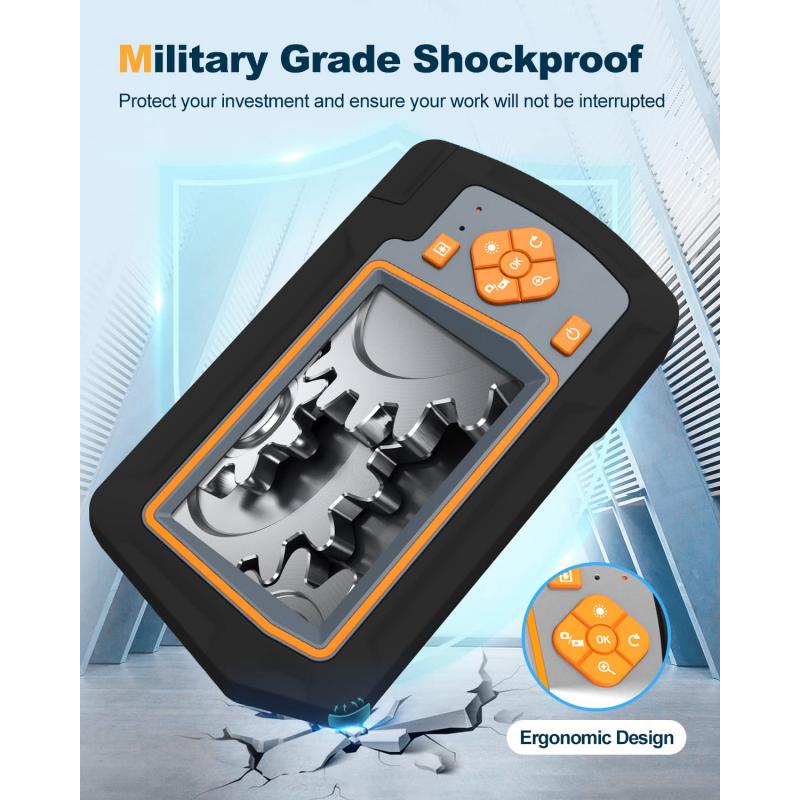
2、 Indications and Applications of Percutaneous Endoscopic Approach in Various Specialties
The percutaneous endoscopic approach is a minimally invasive surgical technique that involves the use of an endoscope to access and treat various conditions within the body. This approach is commonly used in various medical specialties, including orthopedics, gastroenterology, urology, and neurosurgery.
In orthopedics, the percutaneous endoscopic approach is often used for the treatment of spinal disorders, such as herniated discs and spinal stenosis. The endoscope is inserted through a small incision in the skin and guided to the affected area, allowing the surgeon to visualize and treat the condition with minimal disruption to surrounding tissues. This approach has been shown to result in less postoperative pain, shorter hospital stays, and faster recovery times compared to traditional open surgery.
In gastroenterology, the percutaneous endoscopic approach is used for procedures such as endoscopic retrograde cholangiopancreatography (ERCP) and percutaneous endoscopic gastrostomy (PEG). ERCP is used to diagnose and treat conditions of the bile ducts and pancreas, while PEG is used to provide nutrition to patients who are unable to eat normally. The percutaneous endoscopic approach allows for precise visualization and treatment of these conditions, reducing the need for more invasive procedures.
In urology, the percutaneous endoscopic approach is commonly used for procedures such as percutaneous nephrolithotomy (PCNL) and transurethral resection of the prostate (TURP). PCNL is used to remove kidney stones, while TURP is used to treat benign prostatic hyperplasia. The percutaneous endoscopic approach allows for the removal of stones or the resection of prostate tissue with minimal damage to surrounding structures.
In neurosurgery, the percutaneous endoscopic approach is used for procedures such as endoscopic third ventriculostomy (ETV) and endoscopic pituitary surgery. ETV is used to treat hydrocephalus by creating a new pathway for cerebrospinal fluid to flow. Endoscopic pituitary surgery is used to remove tumors or treat other conditions affecting the pituitary gland. The percutaneous endoscopic approach allows for precise visualization and treatment of these conditions, resulting in less trauma to the brain and faster recovery times.
The percutaneous endoscopic approach continues to evolve and improve with advancements in technology. For example, the use of robotic-assisted endoscopic surgery is becoming more common, allowing for even greater precision and control during procedures. Additionally, the development of new instruments and techniques is expanding the range of conditions that can be treated using this approach.
In conclusion, the percutaneous endoscopic approach is a valuable technique used in various medical specialties. It offers numerous benefits, including reduced postoperative pain, shorter hospital stays, and faster recovery times. As technology continues to advance, the percutaneous endoscopic approach will likely become even more widely used and refined, further improving patient outcomes.
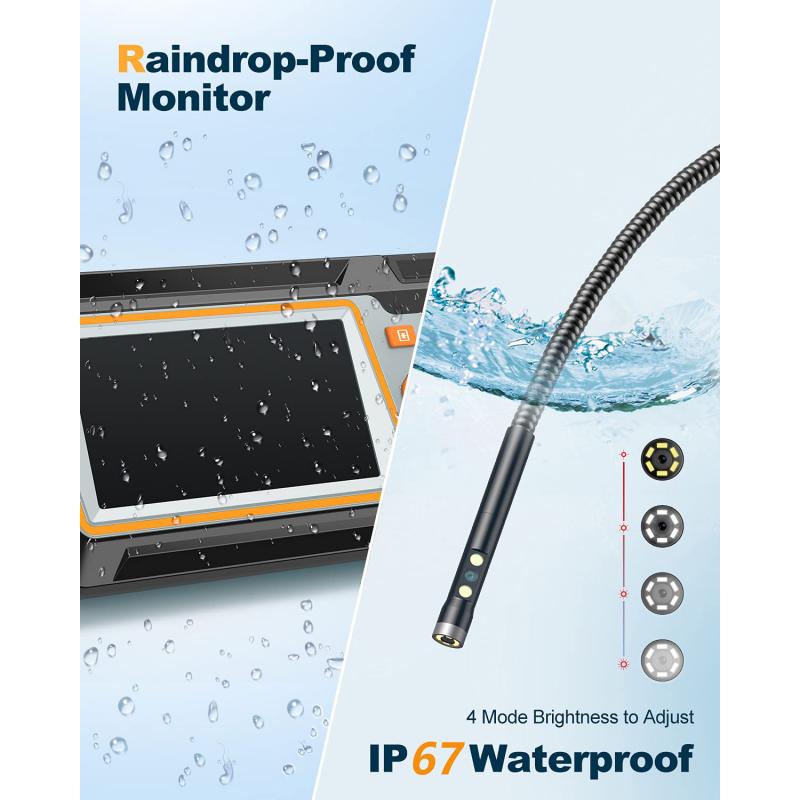
3、 Techniques and Instruments Used in Percutaneous Endoscopic Procedures
The percutaneous endoscopic approach is a minimally invasive surgical technique used to access and visualize internal organs or structures through small incisions made in the skin. This approach combines the benefits of percutaneous access, which involves accessing the target area through the skin, and endoscopic visualization, which uses a thin, flexible tube with a camera and light source to visualize the internal structures.
In percutaneous endoscopic procedures, specialized instruments are used to perform various interventions, such as biopsies, drainage of fluid collections, or the removal of tumors or stones. These instruments are designed to be inserted through the small incisions and manipulated under direct visualization provided by the endoscope.
The percutaneous endoscopic approach offers several advantages over traditional open surgery. It results in smaller incisions, which leads to reduced postoperative pain, shorter hospital stays, and faster recovery times. Additionally, the risk of complications, such as infection and bleeding, is minimized.
The latest point of view regarding percutaneous endoscopic procedures is the increasing use of advanced imaging techniques, such as ultrasound or fluoroscopy, to guide the placement of instruments and improve the accuracy of the procedure. These imaging modalities provide real-time visualization of the target area, allowing for precise instrument placement and minimizing the risk of damage to surrounding structures.
Furthermore, there is ongoing research and development in the field of robotics to enhance the precision and dexterity of percutaneous endoscopic procedures. Robotic-assisted systems offer the potential for improved instrument control and maneuverability, enabling surgeons to perform complex interventions with greater accuracy.
Overall, the percutaneous endoscopic approach continues to evolve and improve, offering patients a less invasive alternative to traditional open surgery with enhanced visualization and precision.
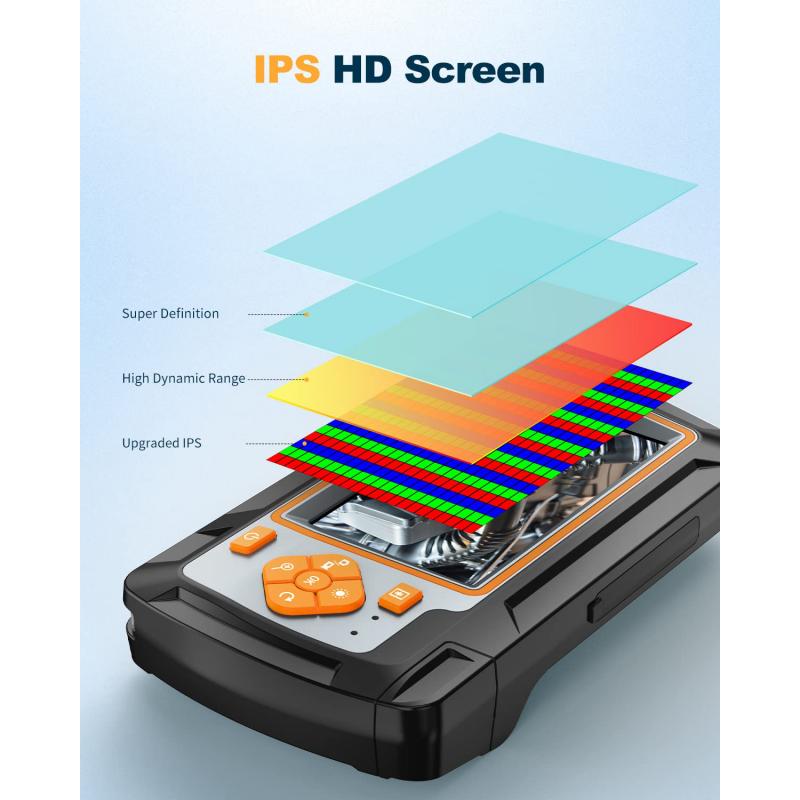
4、 Advantages and Limitations of Percutaneous Endoscopic Approach in Medical Practice
The percutaneous endoscopic approach is a minimally invasive surgical technique that involves the use of an endoscope to access and treat various medical conditions. It is commonly used in procedures such as percutaneous endoscopic gastrostomy (PEG), percutaneous endoscopic lumbar discectomy (PELD), and percutaneous endoscopic colostomy (PEC).
One of the main advantages of the percutaneous endoscopic approach is its minimally invasive nature. This means that it requires smaller incisions, resulting in less pain, reduced scarring, and faster recovery times compared to traditional open surgery. Additionally, the use of an endoscope allows for better visualization of the surgical site, leading to more precise and accurate procedures.
Another advantage is that the percutaneous endoscopic approach can be performed under local anesthesia, reducing the risks associated with general anesthesia. This makes it a suitable option for patients who are not suitable candidates for traditional surgery due to underlying health conditions.
Furthermore, the percutaneous endoscopic approach is associated with a lower risk of complications such as infection and bleeding. The smaller incisions and reduced tissue trauma minimize the chances of postoperative complications, leading to improved patient outcomes.
However, there are limitations to the percutaneous endoscopic approach. It requires specialized training and expertise to perform the procedures effectively. Not all medical centers may have the necessary equipment or skilled surgeons to carry out these techniques.
Additionally, the percutaneous endoscopic approach may not be suitable for all patients or conditions. Factors such as the location and severity of the condition, as well as the patient's overall health, need to be considered before opting for this approach.
In conclusion, the percutaneous endoscopic approach offers several advantages in medical practice, including minimal invasiveness, improved visualization, reduced pain, and faster recovery. However, it is important to carefully evaluate each patient and condition to determine the suitability of this approach. The latest point of view suggests that with advancements in technology and training, the percutaneous endoscopic approach is becoming increasingly popular and effective in various medical specialties.
